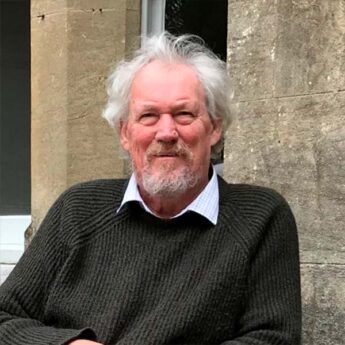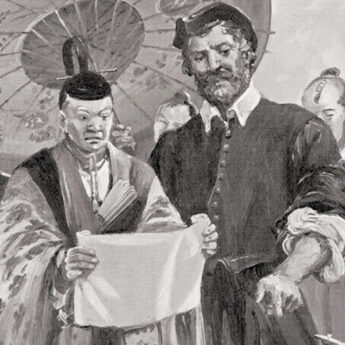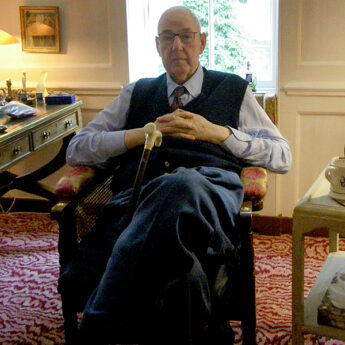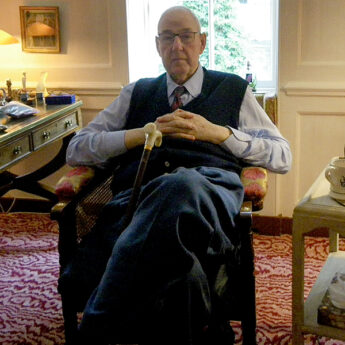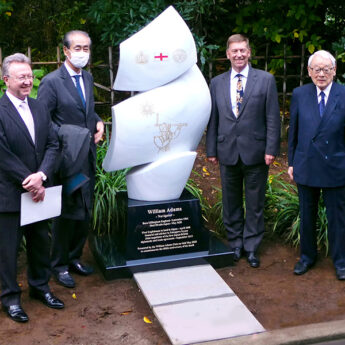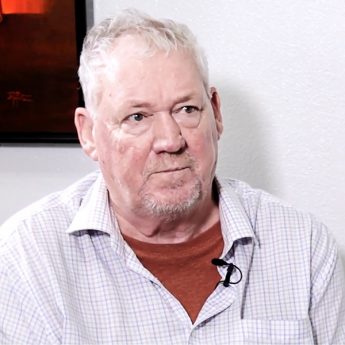Renovated and retaining its spectacular views over Lake Chuzenji, the British Embassy Tokyo’s former villa in Oku-nikko, Tochigi Prefecture, has been opened to the public. The property, built in 1896 by British diplomat and Japanologist Ernest Satow (1843–1929), was donated in 2010 by the embassy to the prefectural government. Some ¥419mn was then spent over six years to upgrade the building.
In a ceremony on 28 June to mark the imminent reopening of the villa, British Ambassador Tim Hitchens CMG LVO said he was “delighted” to see a landmark that dates back 110 years being given a new lease of life.
He added that visiting the wooden, two-storey villa brought back “unforgettable memories”, as he had stayed there during his own father’s posting to Japan as military attaché in the late 1970s. He was again a guest over a weekend in the summer of 1988, at the invitation of then-British Ambassador Sir John Whitehead.
“Everyone at the embassy had a fondness for the villa, particularly before air conditioning was invented, and [during the summer] this served as a replacement for the embassy in Tokyo”, he explained.
“Unfortunately, the building has aged and it became very difficult for the embassy to carry out the required maintenance work”, Hitchens said.
The tough decision to hand over the property to the prefecture was taken by Sir David Warren KCMG, Hitchens’ immediate predecessor, in order to preserve it.
“I am very pleased that this villa will remain on the shores of Lake Chuzenji as a testimony to the long friendship between Japan and the United Kingdom”, Hitchens added.
Satow selected the site for the 467m2 building to escape the stifling heat of Tokyo summers. A number of other embassies subsequently followed his lead, including the Italian mission to Japan. That legation constructed a similar summer residence nearby for diplomats.
Satow used some of his time at the villa to compile the region’s first English-language manual for tourists, A Guide Book to Nikko, published in 1875.
The district in and around Oku-nikko became so popular with diplomats that, “The foreign ministry moves to Nikko in the summer” became a common refrain.
Satow bequeathed the villa to the British embassy when he left Japan.
After undergoing substantial renovations—including the introduction of a café, but retaining the original brick fireplace—the building opened to the public on 1 July.
“Visitors are now able to enjoy the scenery and feel the emotions that Ernest Satow enjoyed during his days here”, Fumiyoshi Suzuki, a spokesman for the prefectural government, told BCCJ ACUMEN. “Tea and scones are served and visitors are now able to feel just as Satow did when he sat on his sofa”.
“At twilight, the sunset from the villa is wonderful—more than words can describe”, he added.
“It is also good for visitors to take a sightseeing boat on the lake, while there are many other things for tourists to do in the surrounding district, such as visiting the Italian Embassy Villa Memorial Park, the restored lakeside boathouse and Kegon Falls, one of the three most famous waterfalls in Japan”.
Over the first 20 days after the villa was opened to the public, more than 8,200 people visited—with many saying how impressed they were with the view across the lake, Suzuki said.


